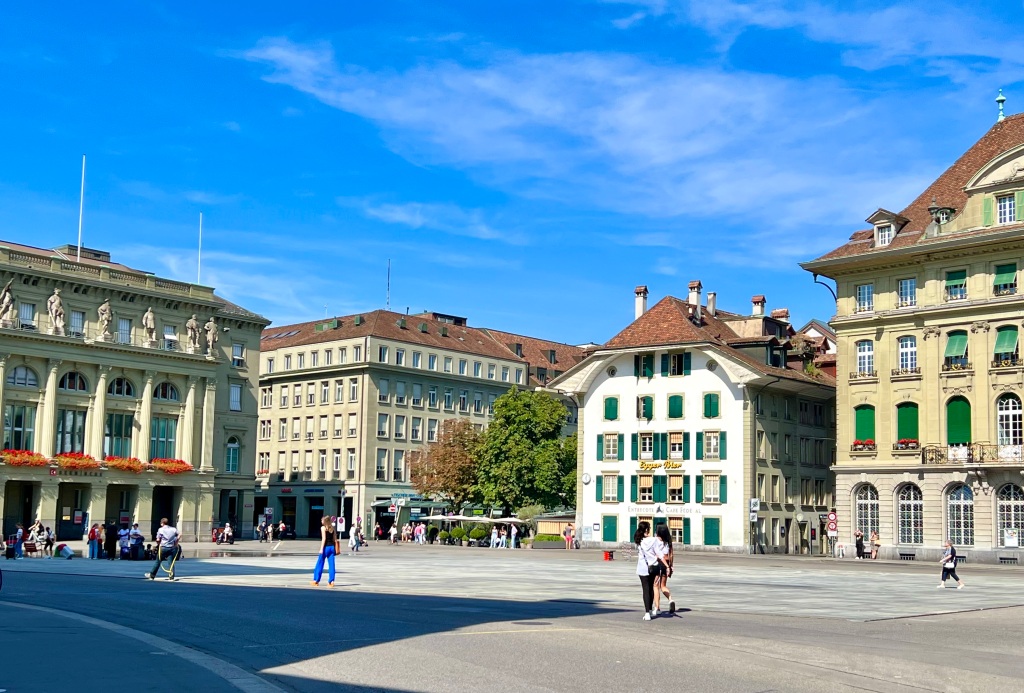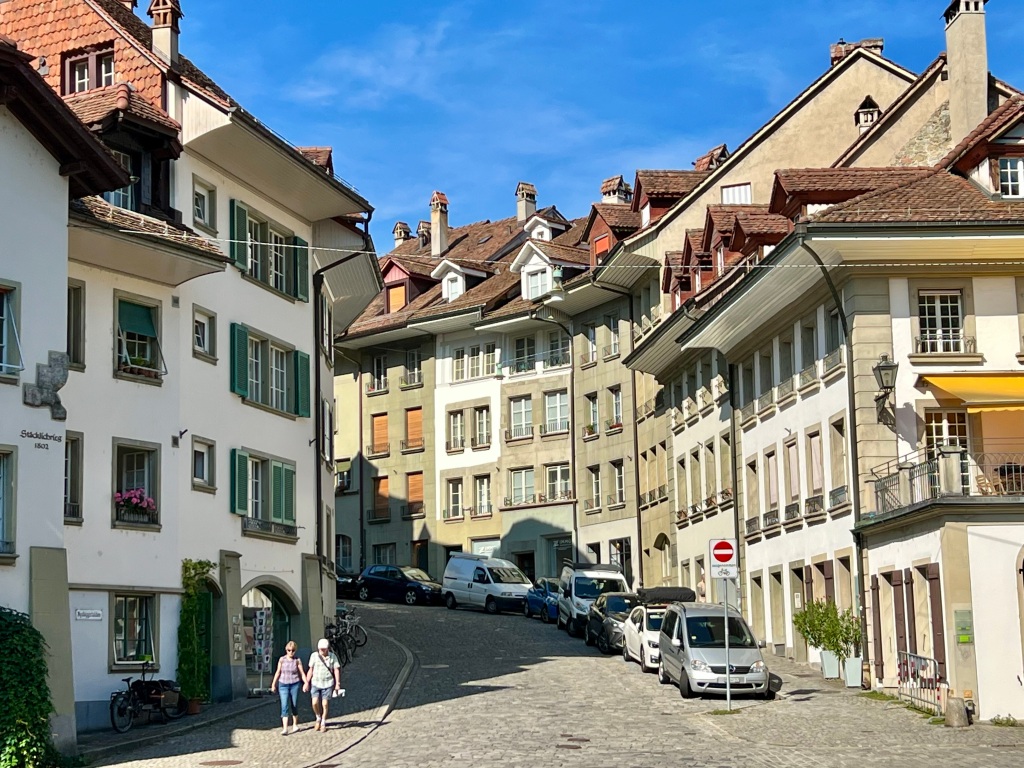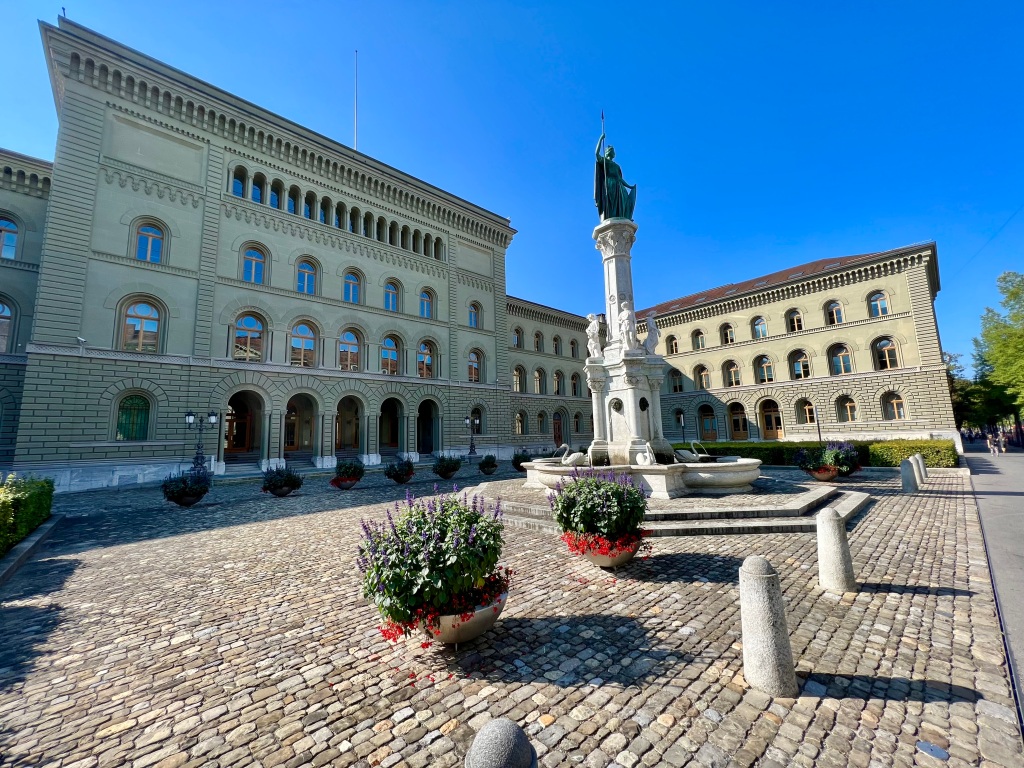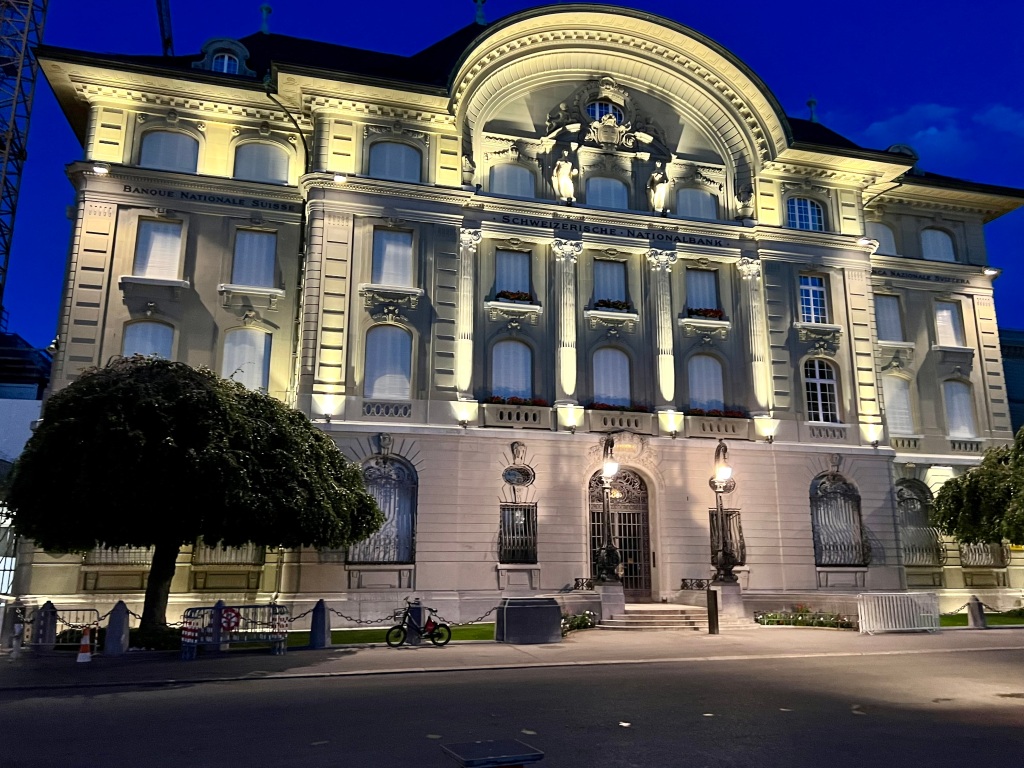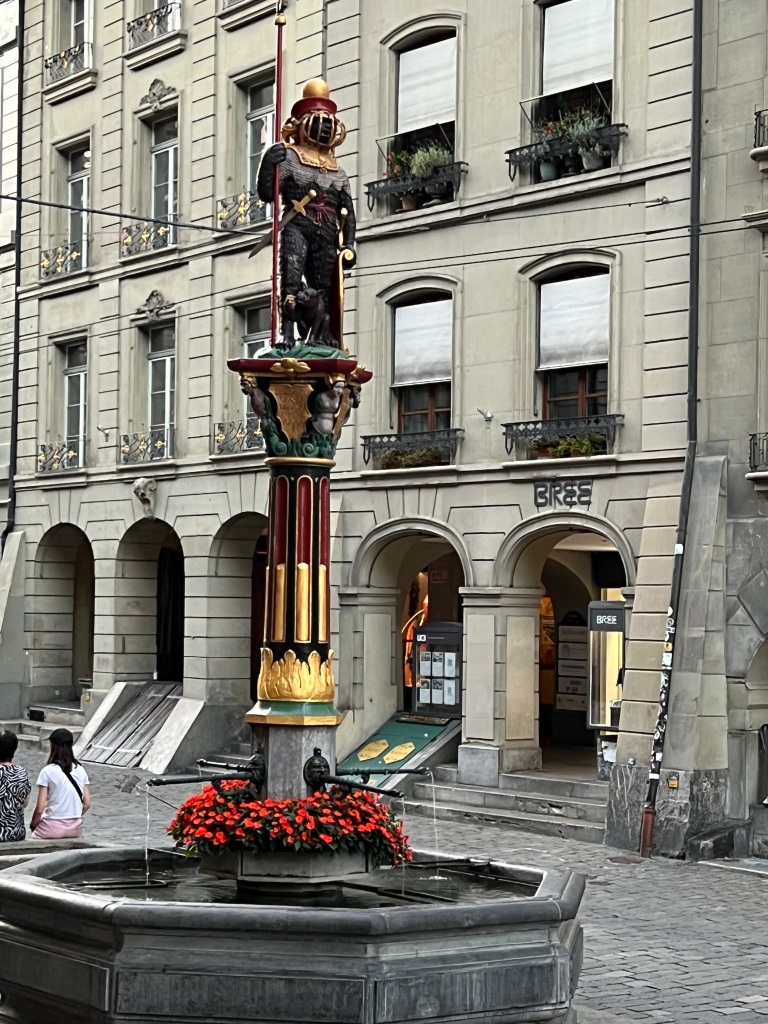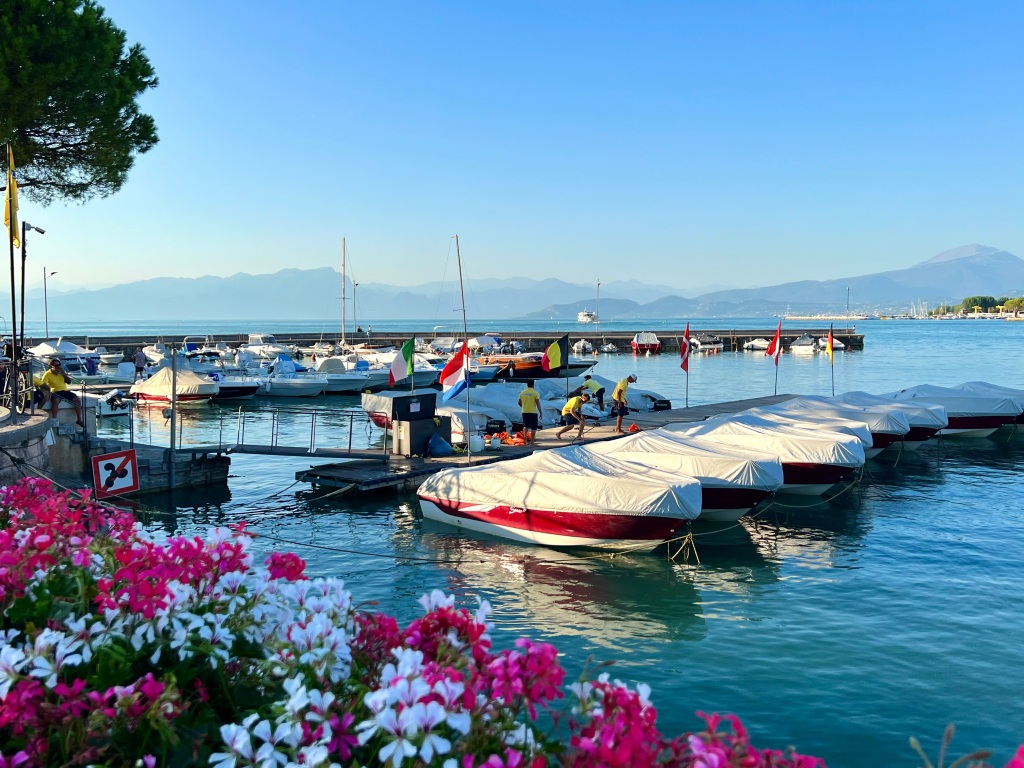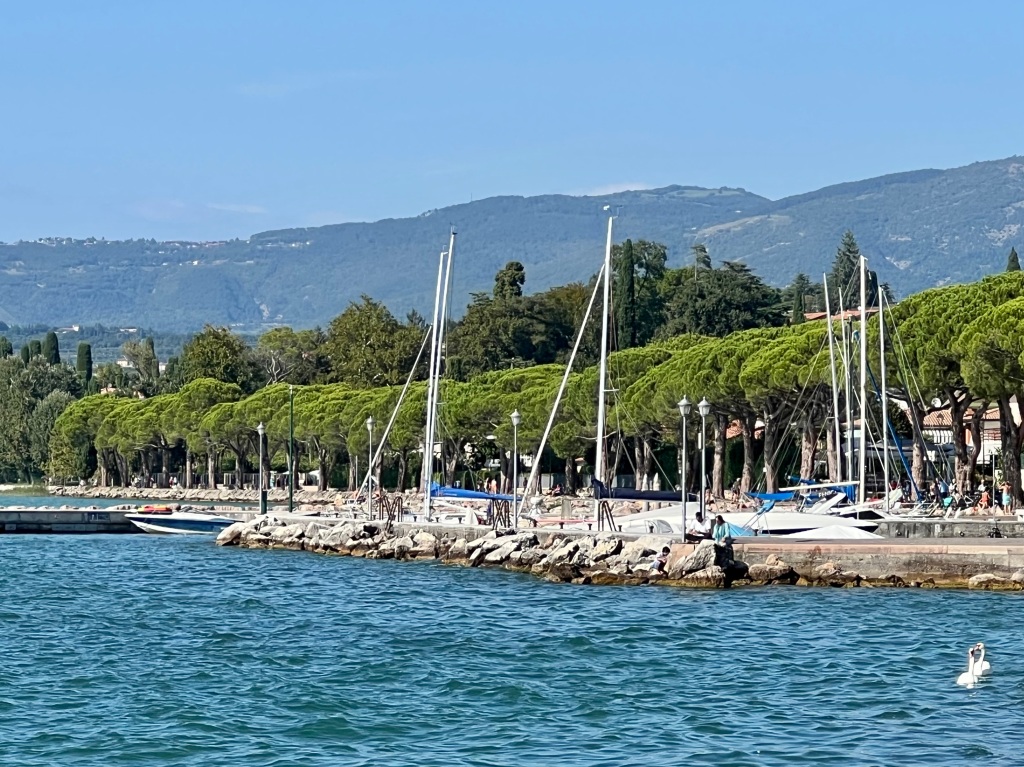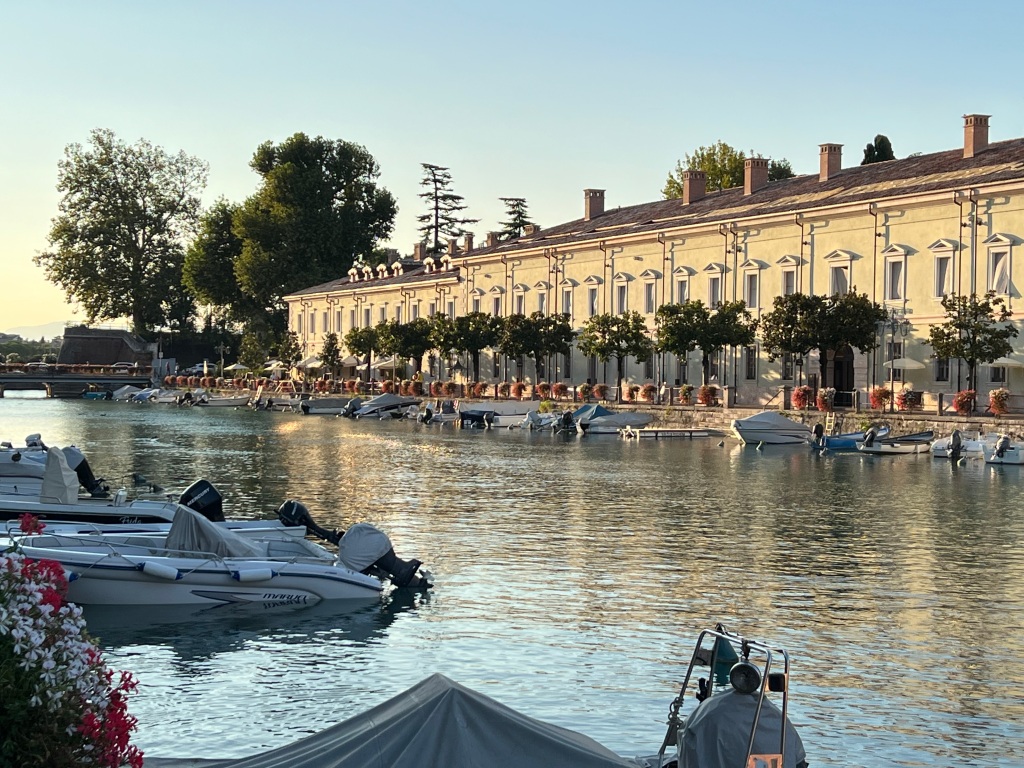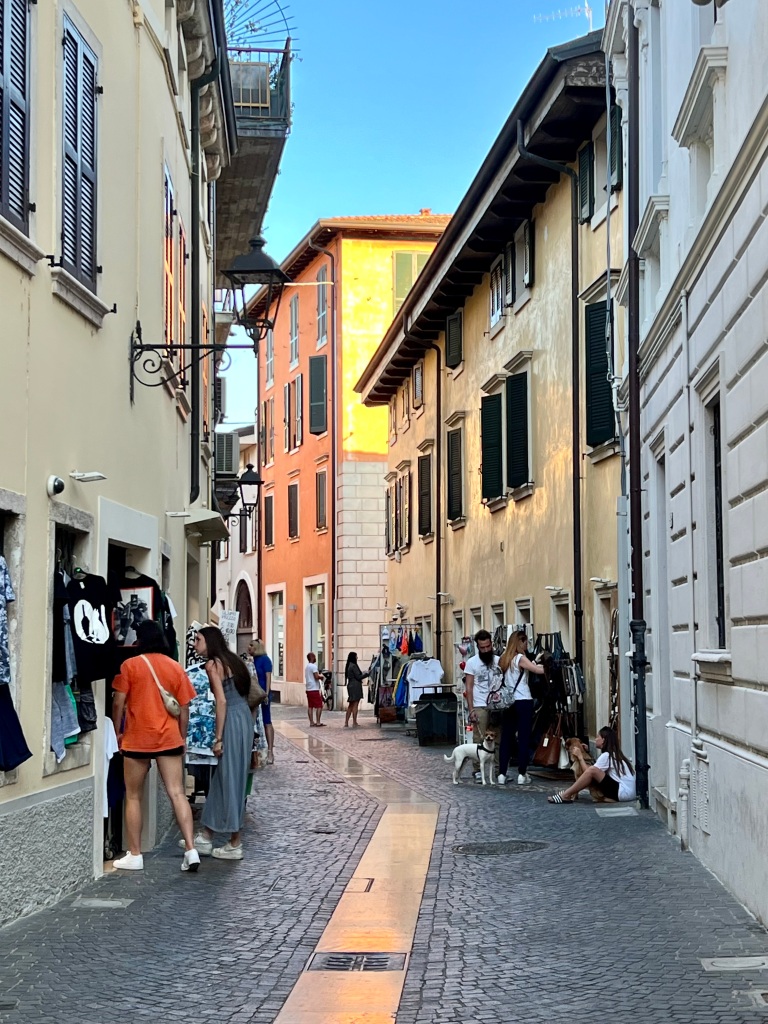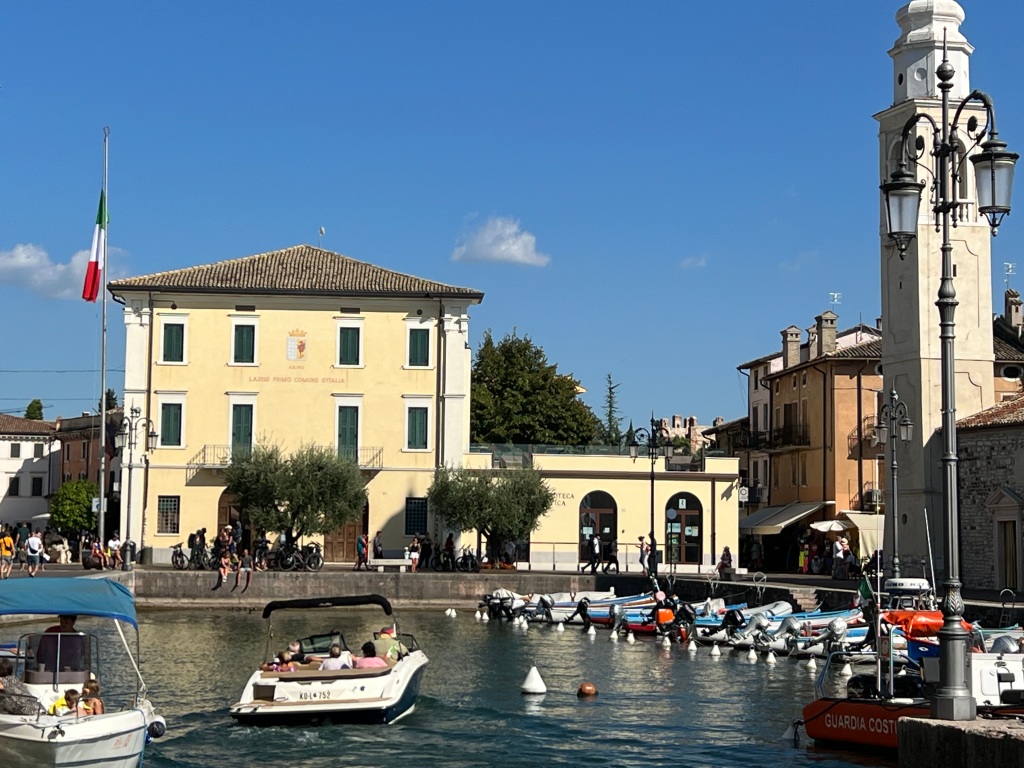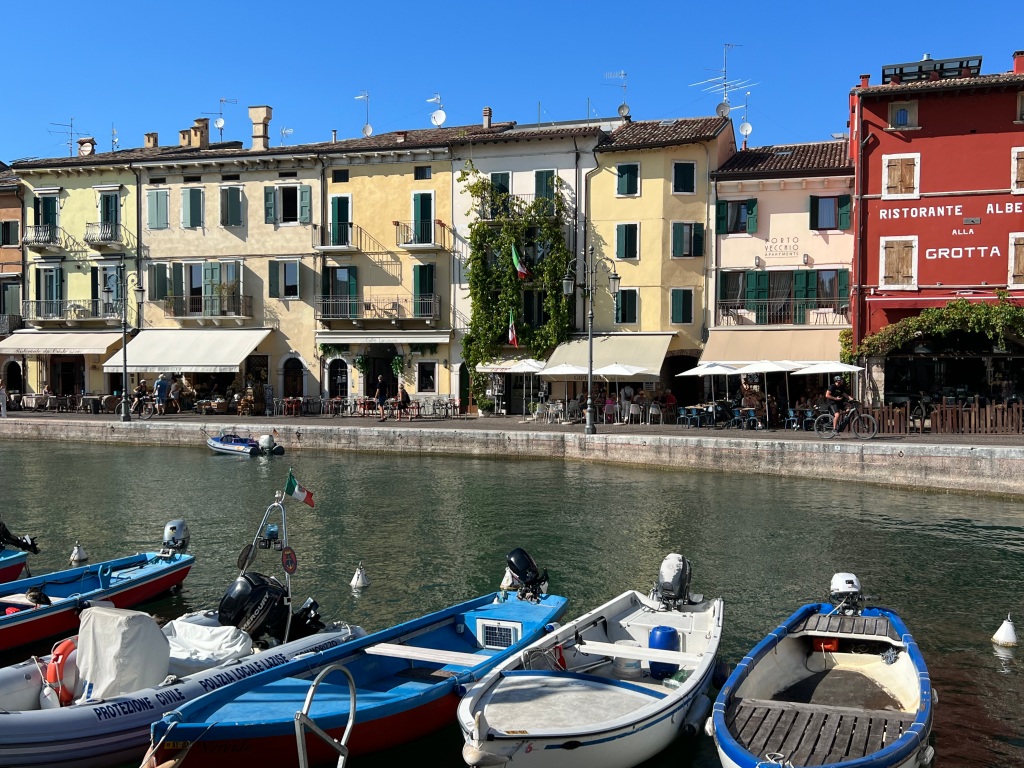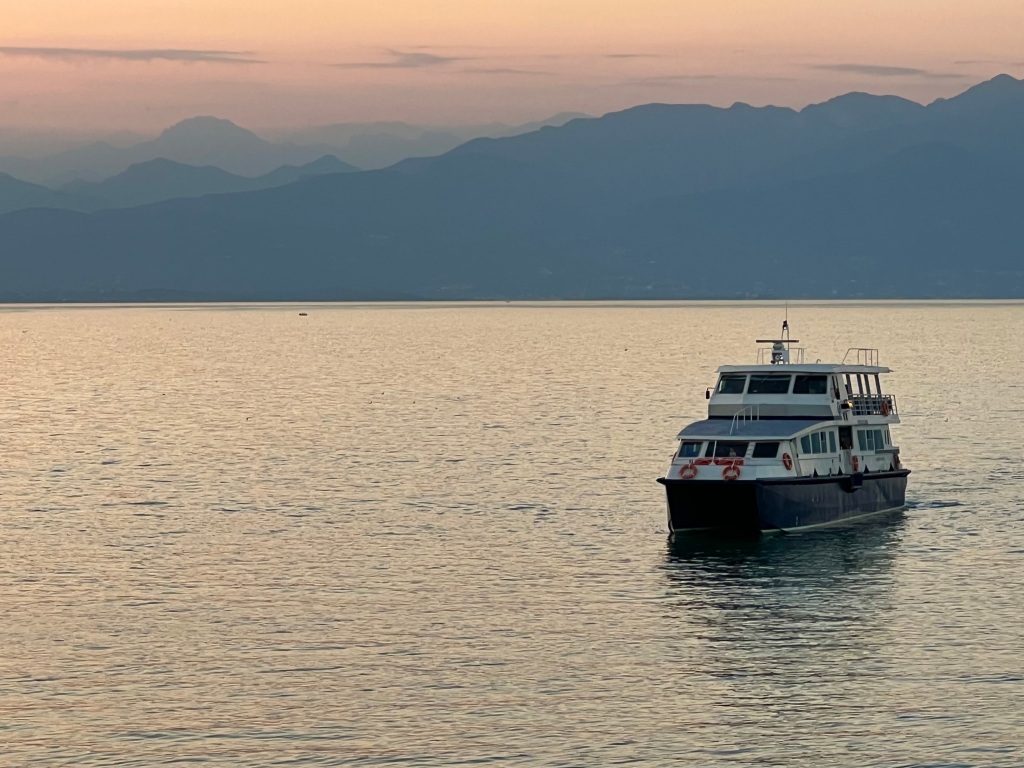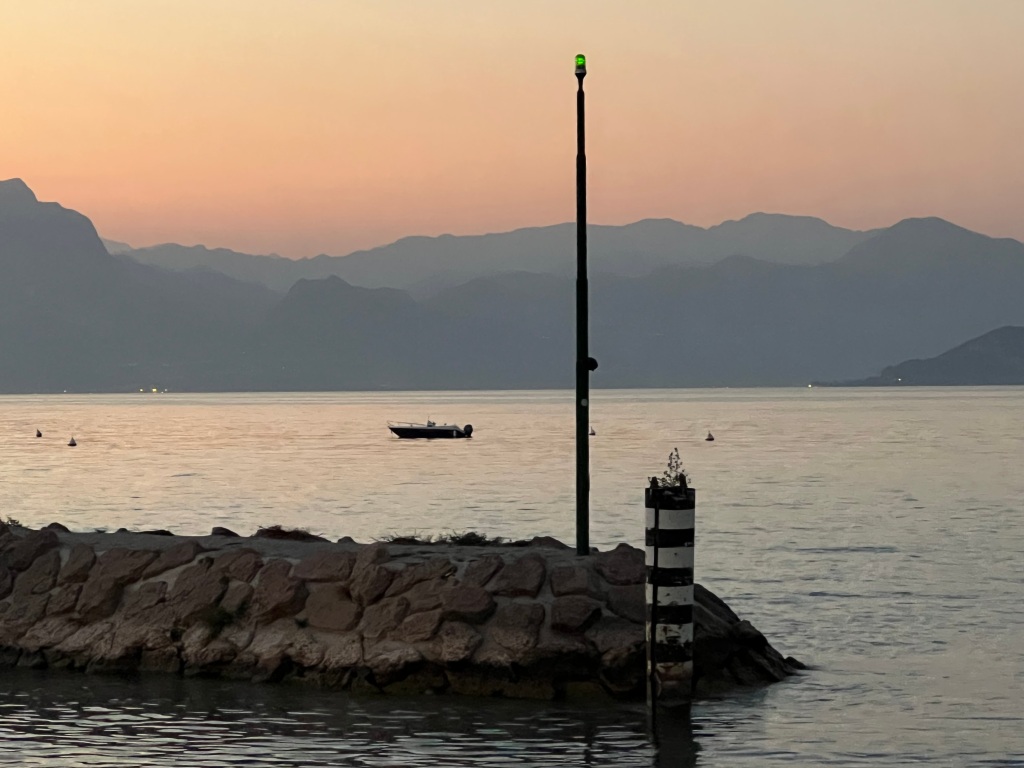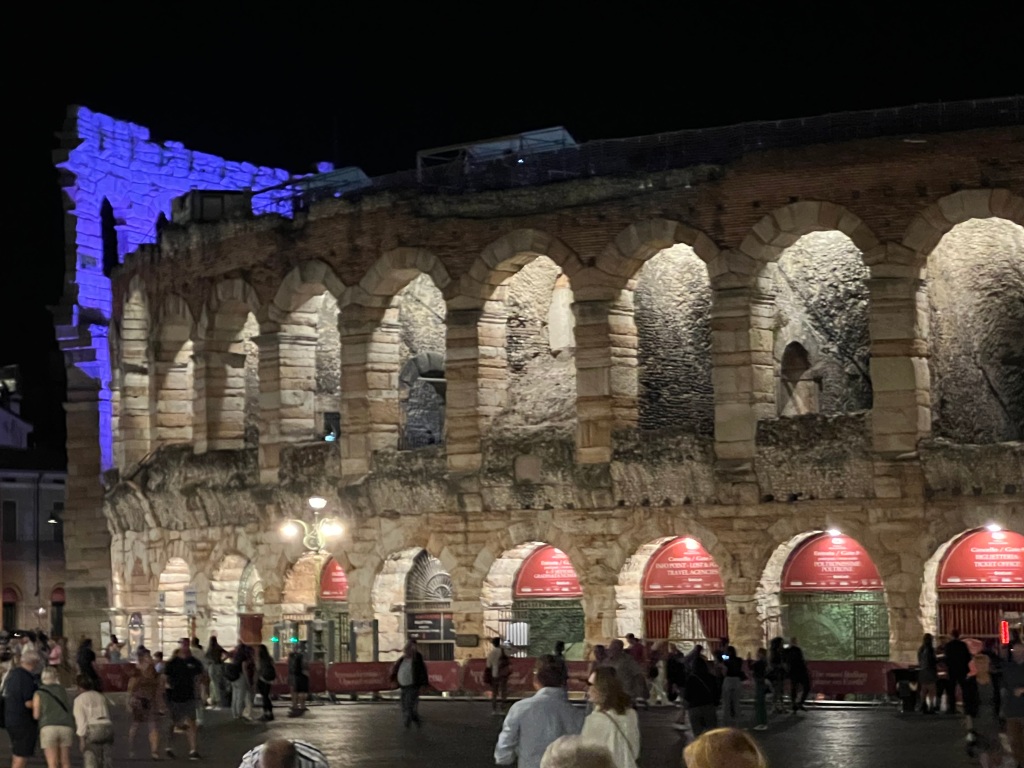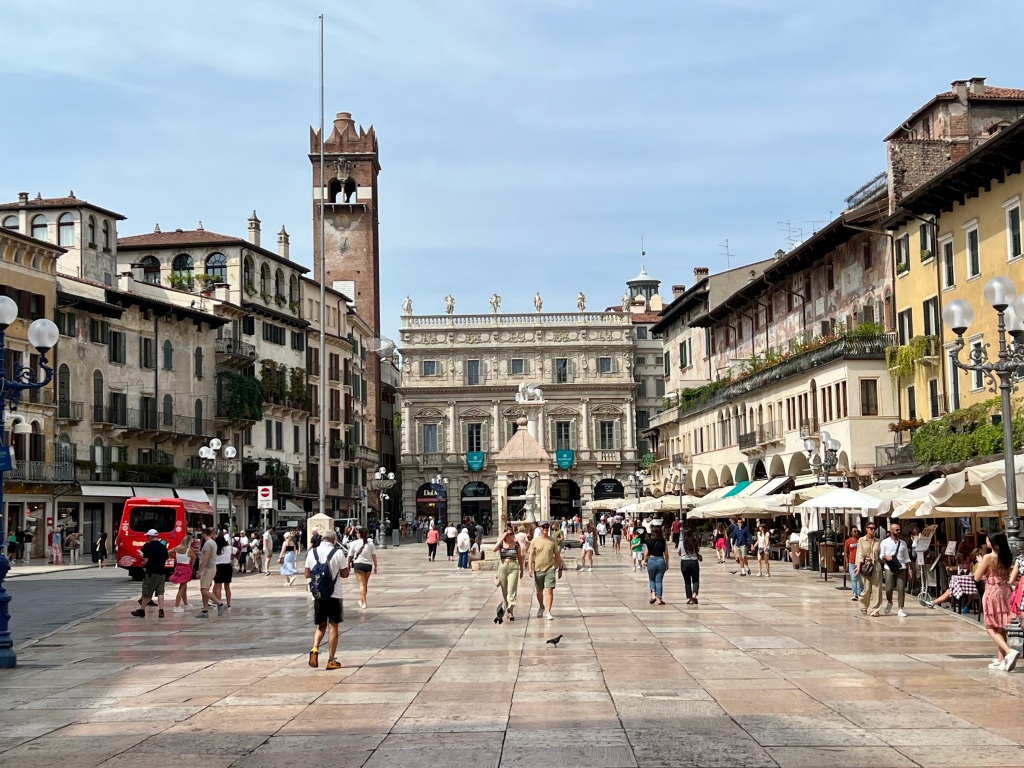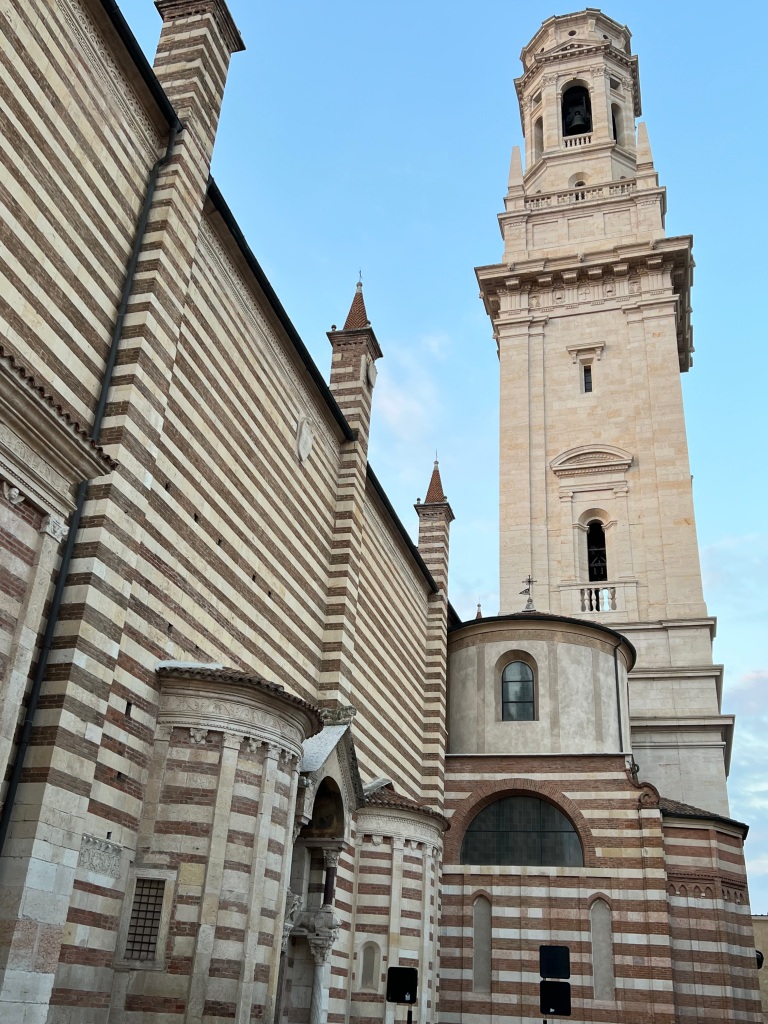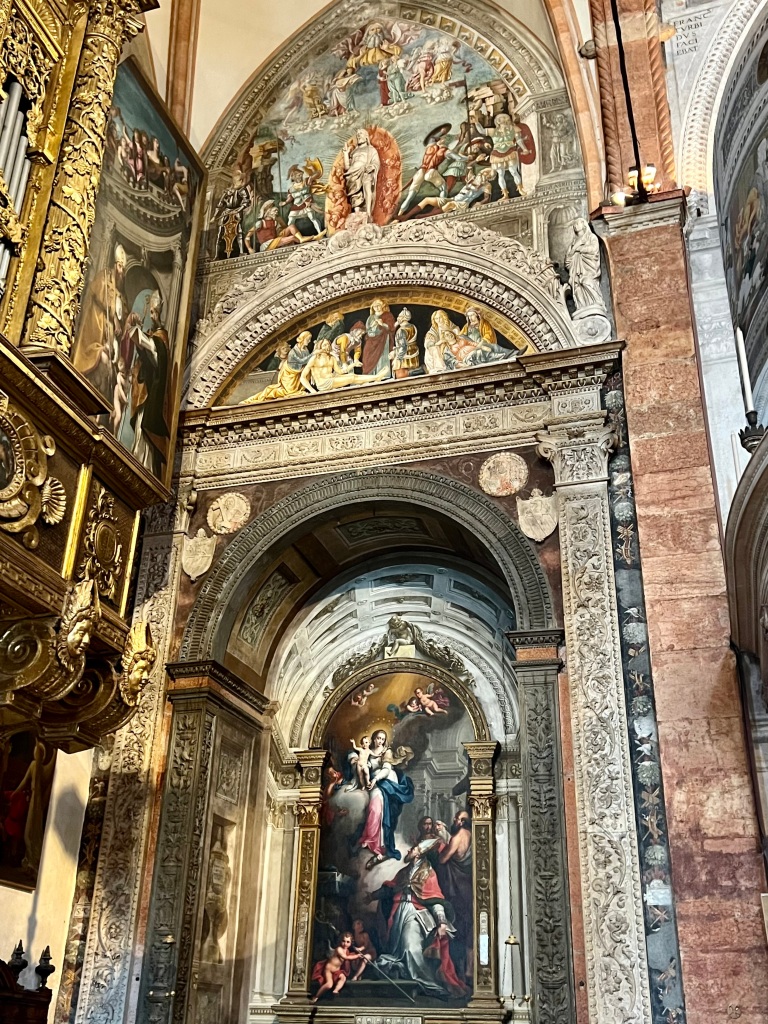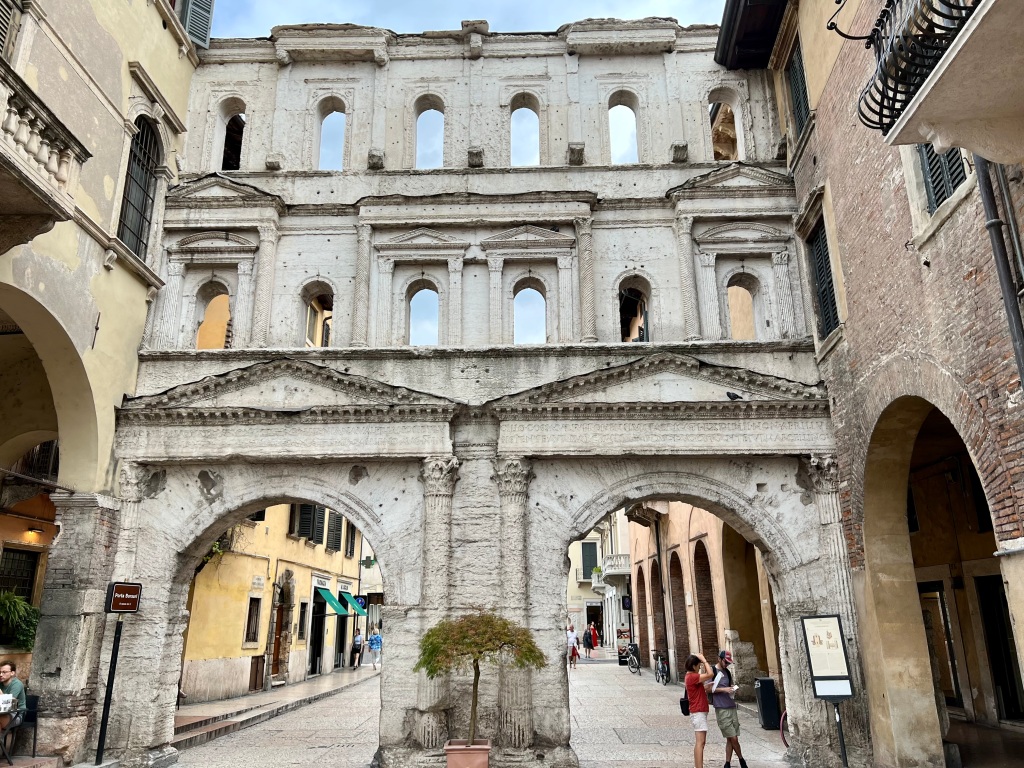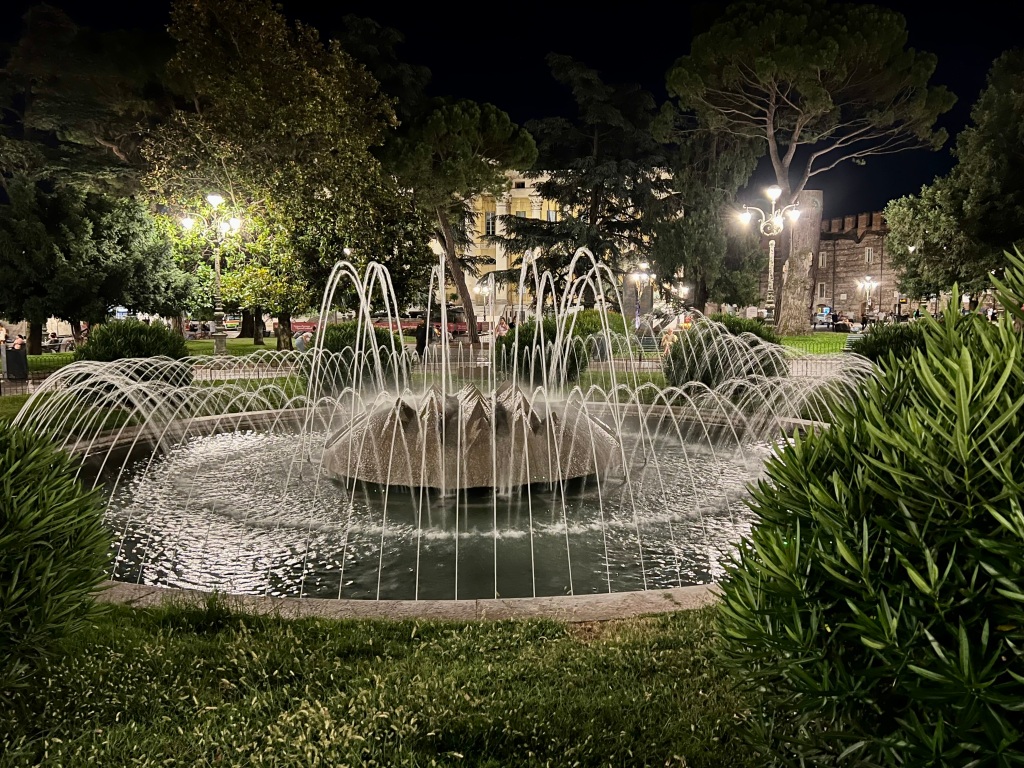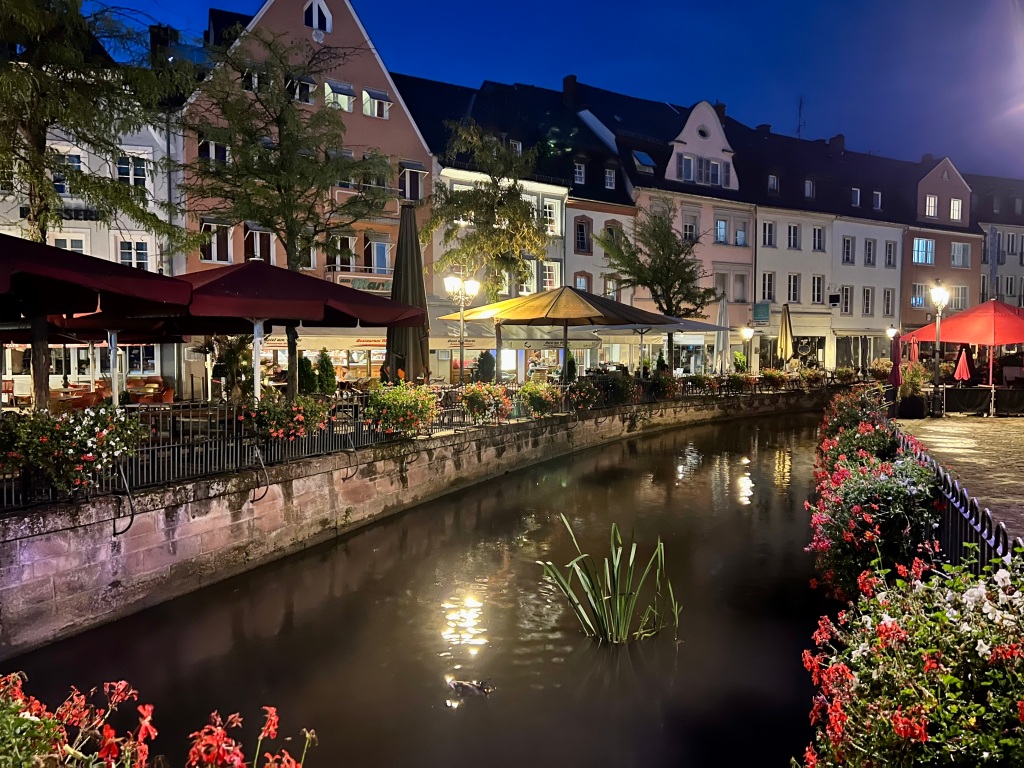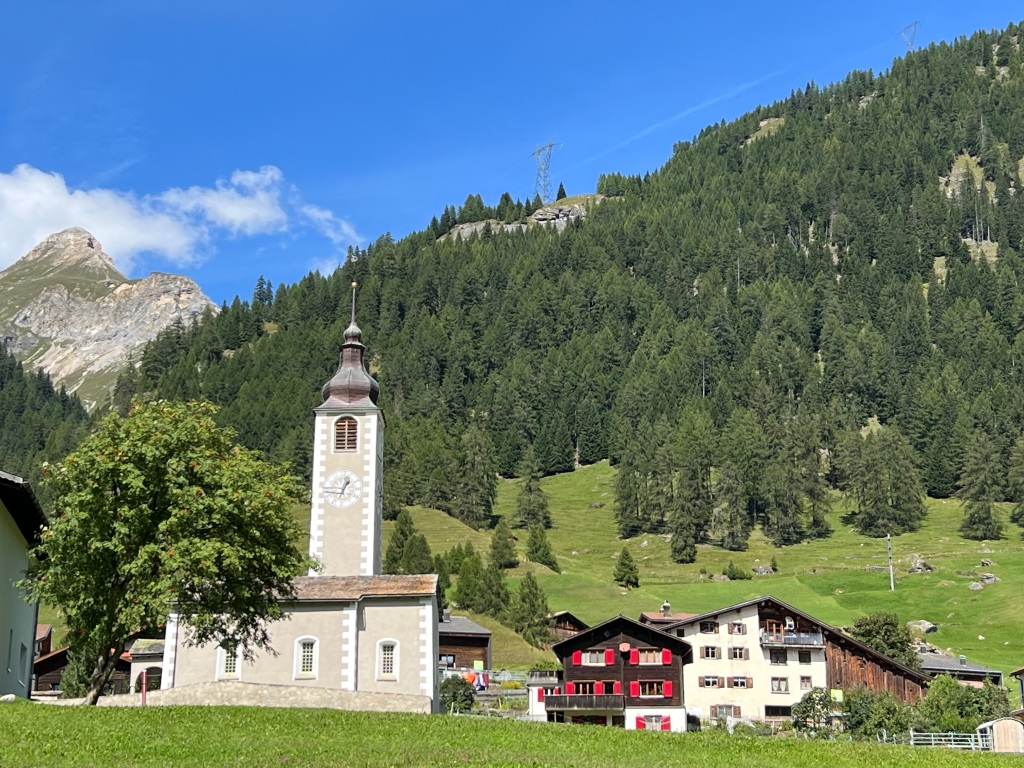Tags
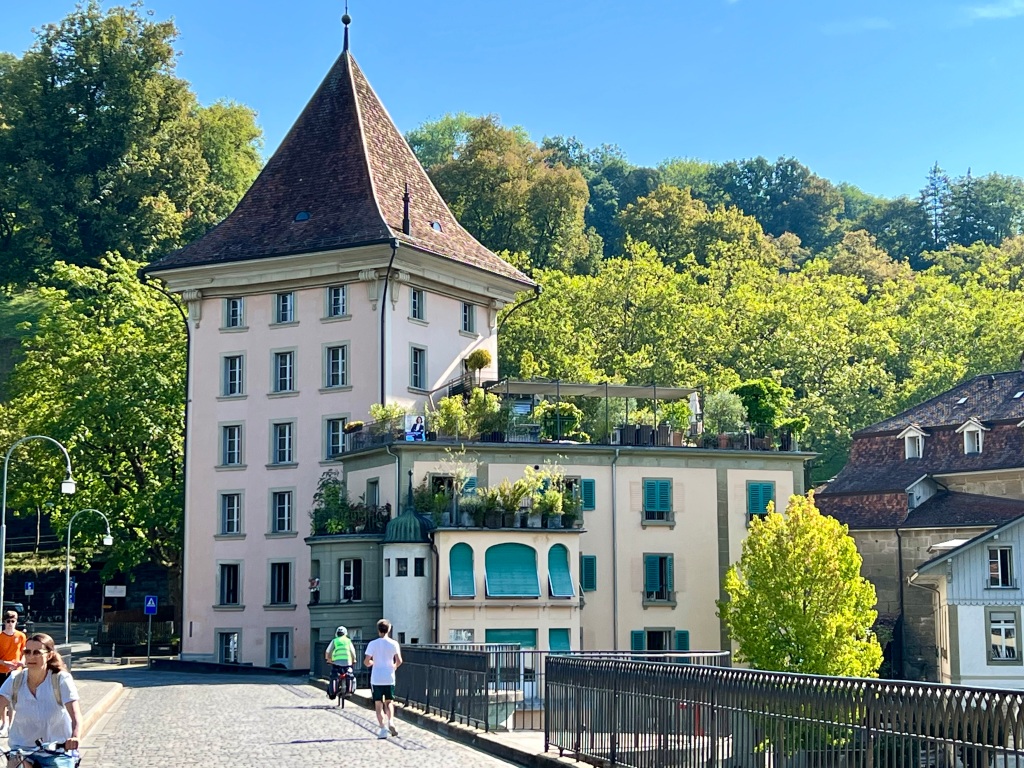
The fourth leg of our European Road trip was spent in Bern, Switzerland.
Bern is a compact city that is easy to see on foot. We were pleasantly surprised to find so few cars, testimony we presume to the excellent tram and bus network.
Visitors to the Swiss capital can enjoy a variety of activities and attractions of which a highlight for us was the Old Town. This is a UNESCO World Heritage site and is known for its well-preserved medieval architecture and the famous Zytglogge (Clock Tower). We spent quite some time exploring the streets and admiring the buildings and many fountains.
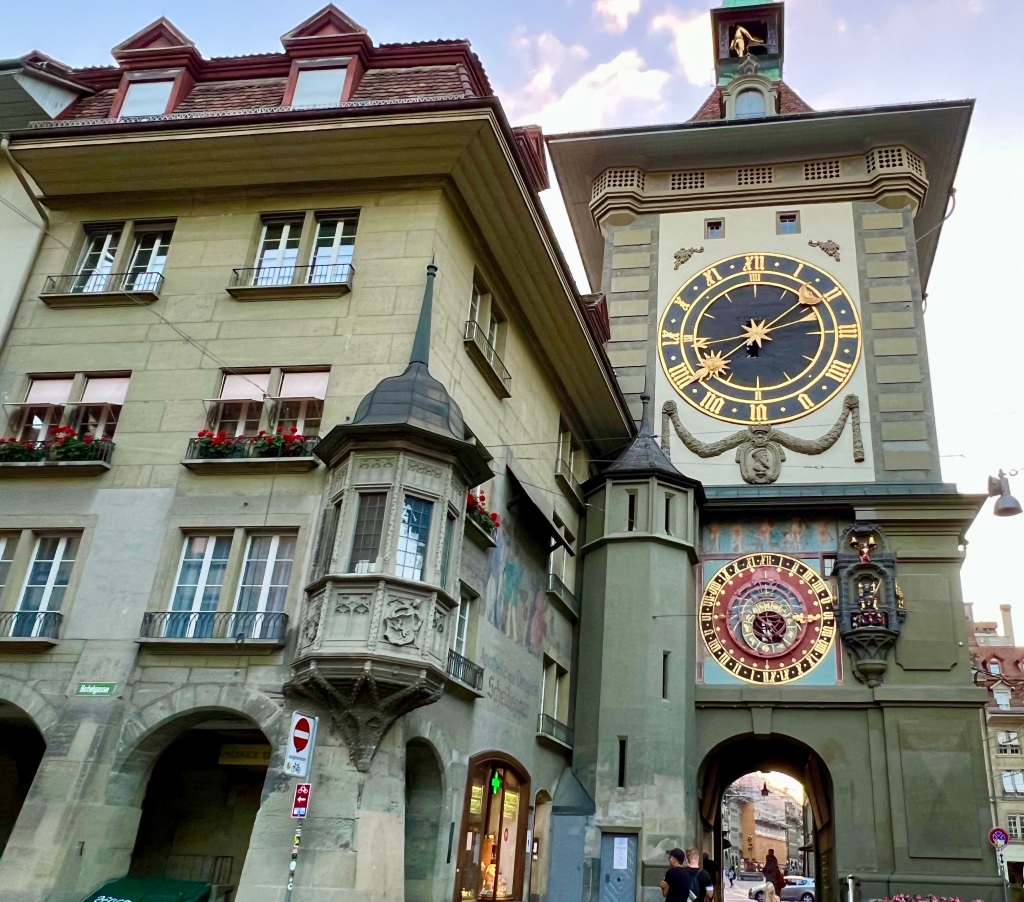
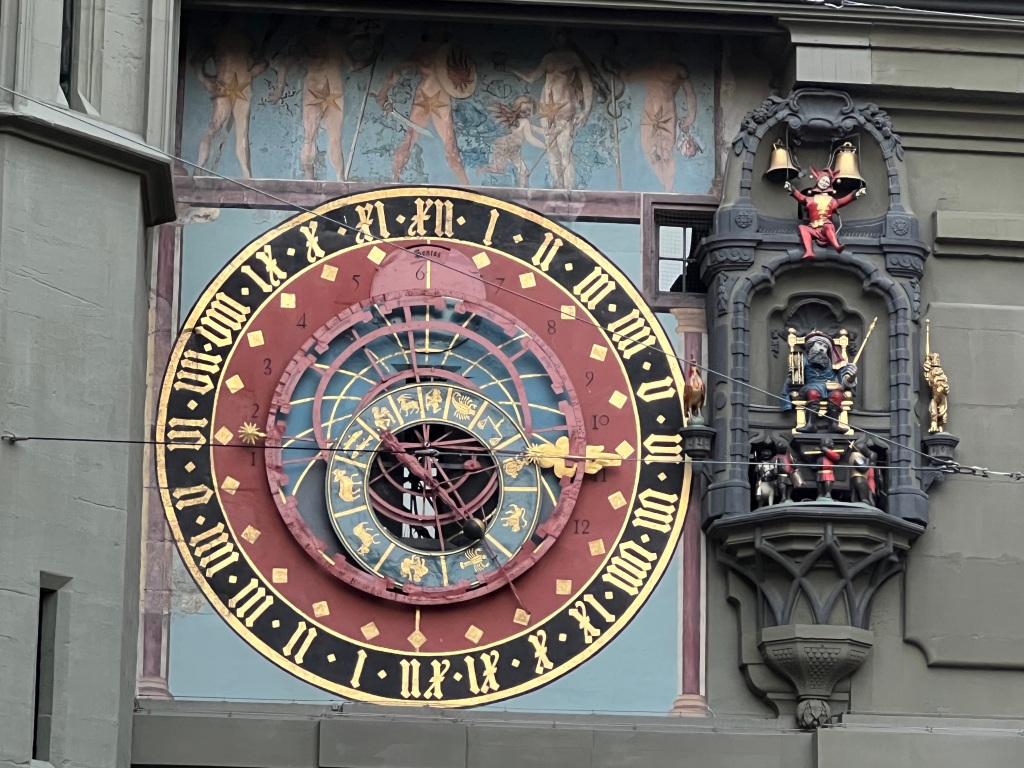
Another key site is the Bern Cathedral. Also known as Berner Münster, this impressive Gothic cathedral is the tallest cathedral in Switzerland. We didn’t venture inside but it was certainly elegant from the outside.
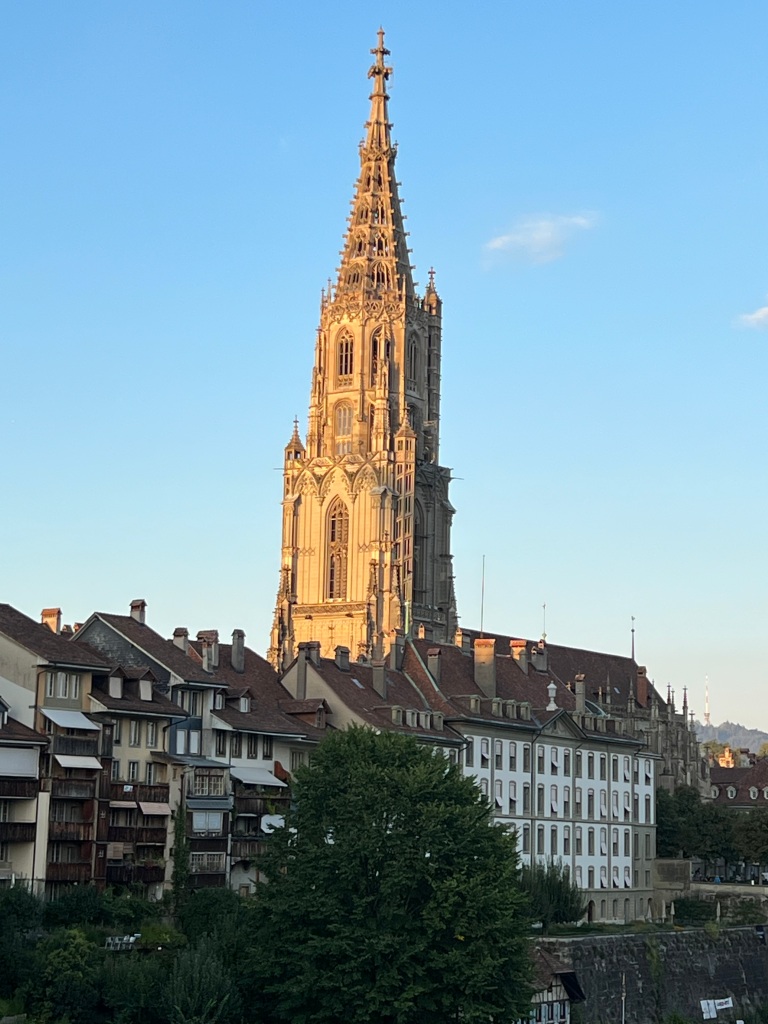
The Bundeshaus (Federal Palace) is the seat of the Swiss government. It is possible take a tour and learn about Switzerland’s political system, but we were happy just to photograph this stunning and important building. In fact, you can walk around the outside quite easily as there is no fencing or other restrictions.
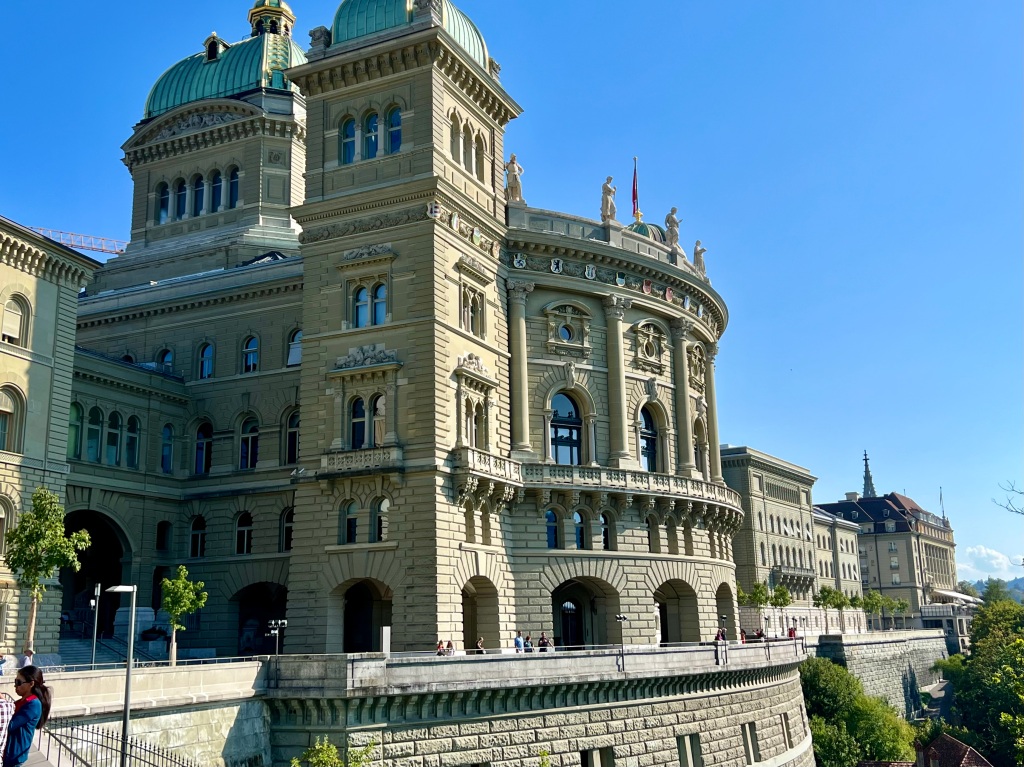
Because it was so hot (10 °C above normal) we took a walk in one of the parks alongside the River Aare. The river flows through the city, and much to our surprise, we saw a number of locals floating downstream, chatting as they went. It looked great fun and is apparently a common activity in the summer. Clearly the water must be free of pollution, unlike almost every river in England.
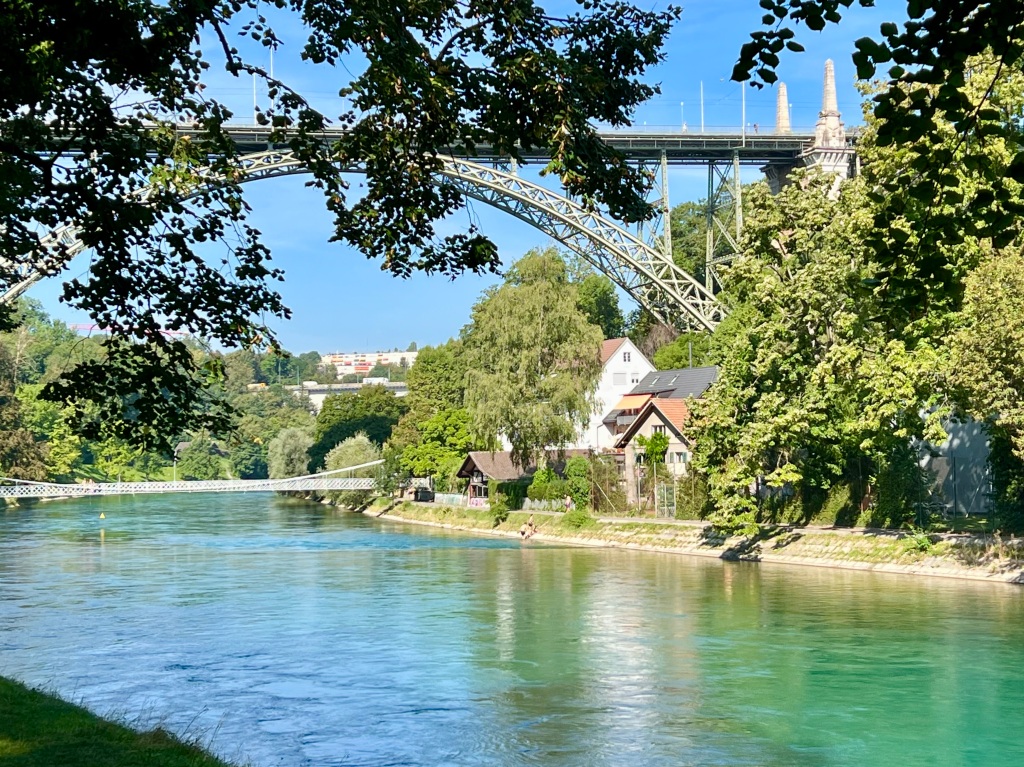
Unfortunately, we didn’t get to see everything Bern has to offer, including Bern’s bears, its museums, and Einstein House. But we did enjoy some fantastic vegetarian and vegan food in an excellent dog-friendly restaurant. So good it was worthy of two visits.
Our accommodation was a few kilometres out of the city centre and in a residential area. Although well decorated and very clean, we found it a bit small for the two of us and our dogs. It was literally just a small kitchen, bathroom and bedroom (into which so much furniture had been placed that we couldn’t move without tripping over things). But the previously mentioned tram network made getting around the city very easy with the added bonus that tourists with a Bern pass get to travel for free.
We were only in Bern a couple of days, but if you’re interested in history, culture, nature, or simply enjoying the charm of the city, Bern has something for everyone. It certainly isn’t a place for small budgets, but it is clean, friendly and everyone we met spoke perfect English.
